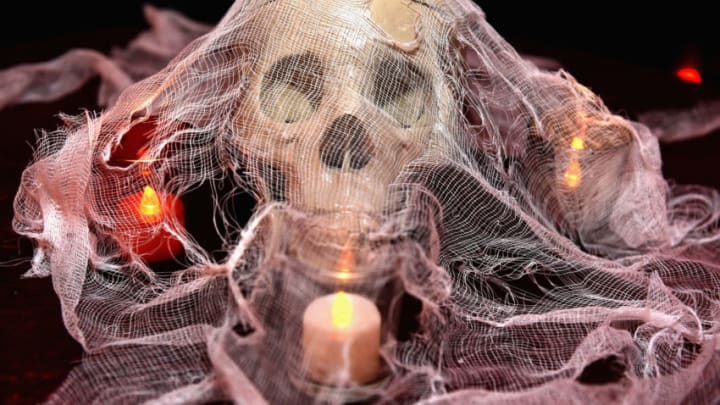
The Curse of the Retired Numbers
The Toronto Maple Leafs have a long and unique history with retiring sweater numbers.
They were the first NHL club to ever retire a player’s number, the catalyst to what became the curse of the Leafs retired numbers. This is a curse that lasted until October of 2016 when Shanahan and the Leafs took action to try and break it.
On Valentines Day of 1934, the Leafs retired Ace Bailey’s number six. The winger’s career was cut short when he was targeted for a vicious hit from behind from Eddie Shore.
On December 12, 1933, the Leafs played a heated contest against the Boston Bruins. The game came to a screeching halt when, in retaliation to a hit from Bailey’s teammate, Red Horner, Shore violently hit Bailey.
The impact was so hard that Bailey flipped in the air before his head bounced off the ice. He was busted open with blood pouring out of his head while he lay there unconscious.
Horner was so upset by the sight of his now convulsing teammate that he punched out Shore, rendering him unconscious as well. Both teams’ players had to carry their respective teammate off the ice to be seen by medical personnel. Shore needed seven stitches while Bailey fought just to survive the night.
Bailey was taken to Audubon Hospital in Boston where he was diagnosed with a cerebral hemorrhage. He required surgery to save his life.
Luckily, it was conducted by Dr. Donald Munro, a graduate of Harvard College and Harvard Medical School, and a man known for saving patients who were considered “hopeless”. Munro performed a pair of operations on Bailey before a priest was called to read the player his last rites. It took approximately two weeks before the medical professionals tending to Bailey felt as though he was going to live.
Though Bailey recovered, he wasn’t able to play hockey ever again. Having his livelihood cut short meant that he no longer had the means to support his family. To help, the Bruins collected $8000 from a game with the Montreal Maroons.
The NHL organized a benefit game at Maple Leaf Gardens between the Buds and league All-Stars. It raised $20,909.40 for Bailey and became the first NHL All-Star Game to ever be played.
Bailey went on to work for the Leafs as a timekeeper at the Gardens from 1938 to 1984. He was eventually dismissed from the position at age 81 by Ballard, the owner at the time.
Though Bailey was the first to have his sweater retired by the Maple Leafs, he wasn’t the only one. There was one other retirement. It was the number five belonging to Barilko. This meant that the only numbers off-limits to future players were those mired in career-ending events.
The Leafs refused to retire any other numbers. Instead, they “honoured” great players. The circumstances needed to retire a sweater were so terrible that it was believed to have cast a spell on the organization.
Ahead of the Maple Leafs’ Centennial Anniversary home opener, they made a change to their longstanding practice. Just like Shanahan did with the Hillman Curse, he tried to reverse the Curse of the Retired Numbers.
Instead of continuing to honour players, the team held a ceremony to retire the numbers of the 16 already honoured men and also retired Keon’s number 14. Shanahan revealed the plan to the players or their families shortly before the start of that ceremony.
